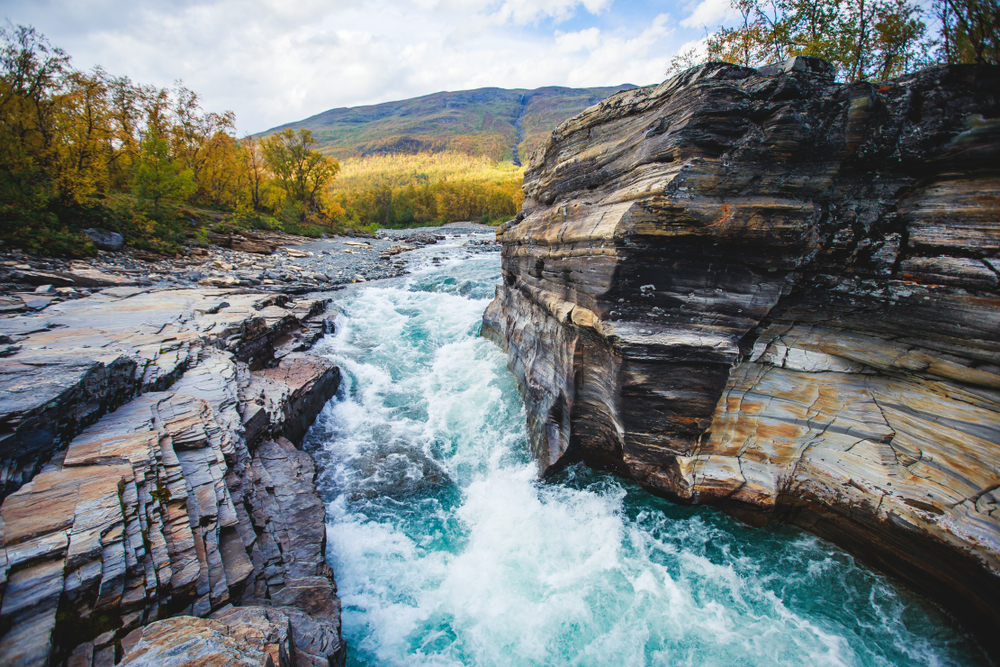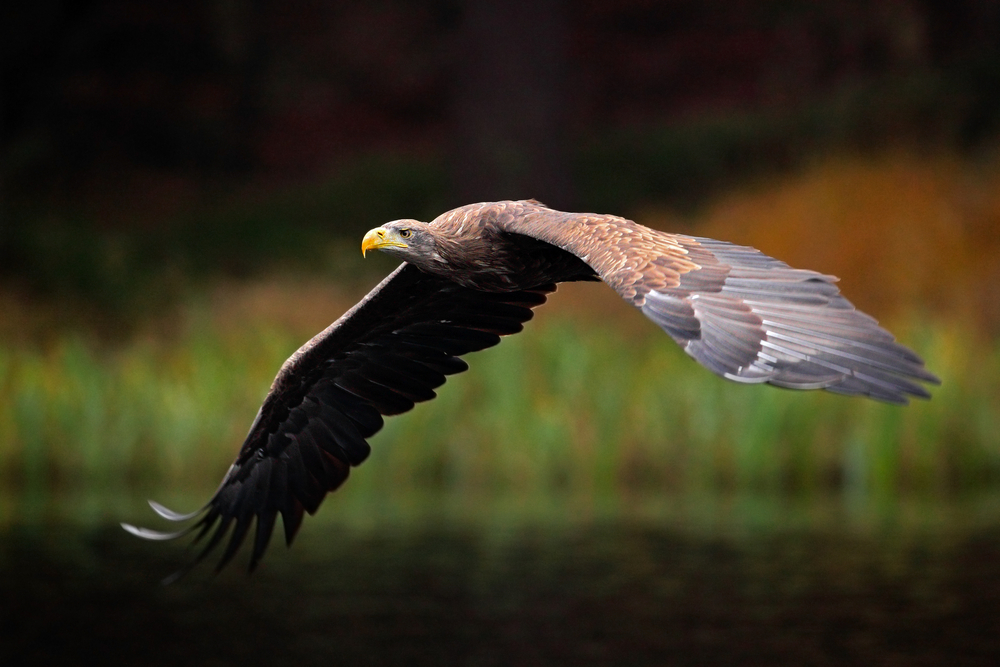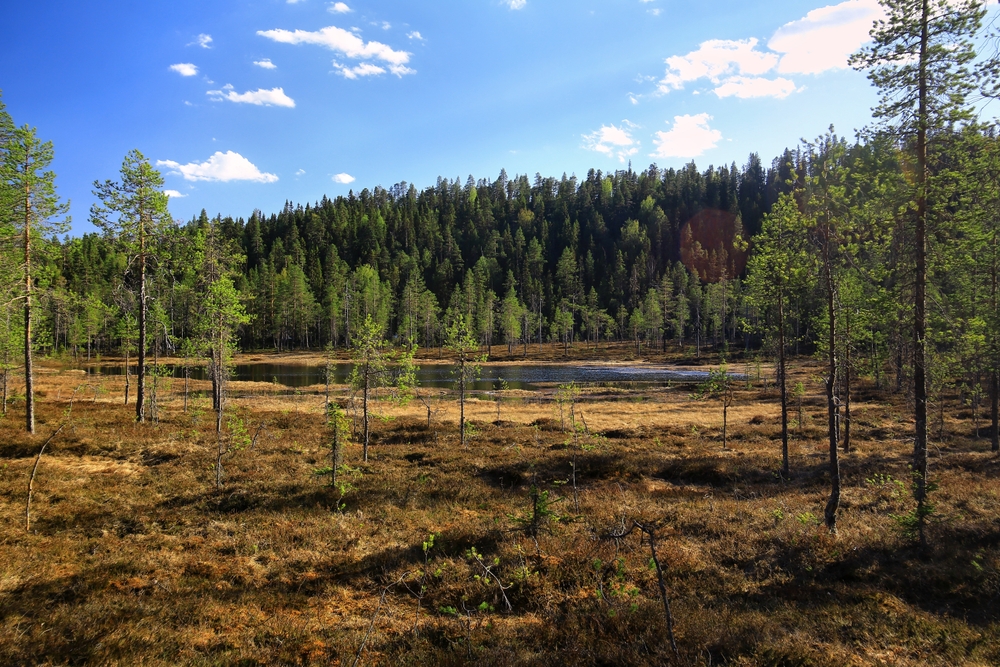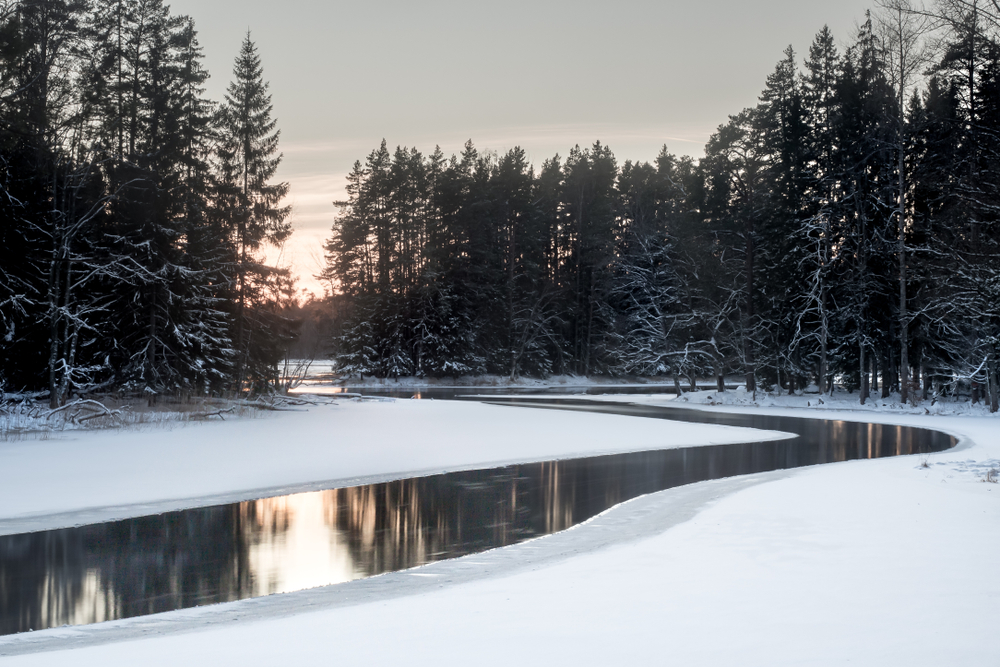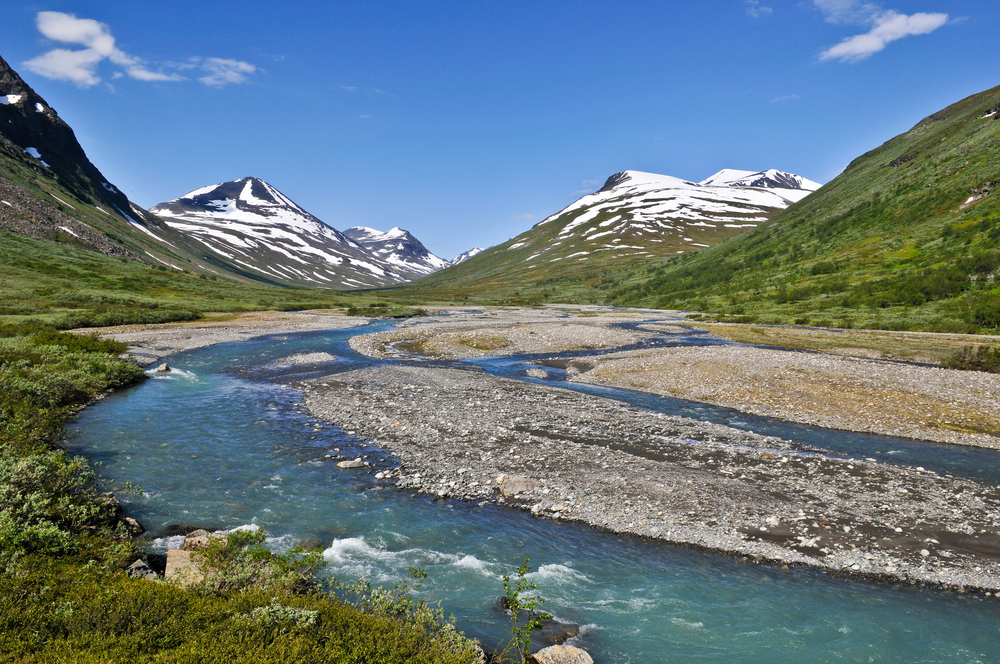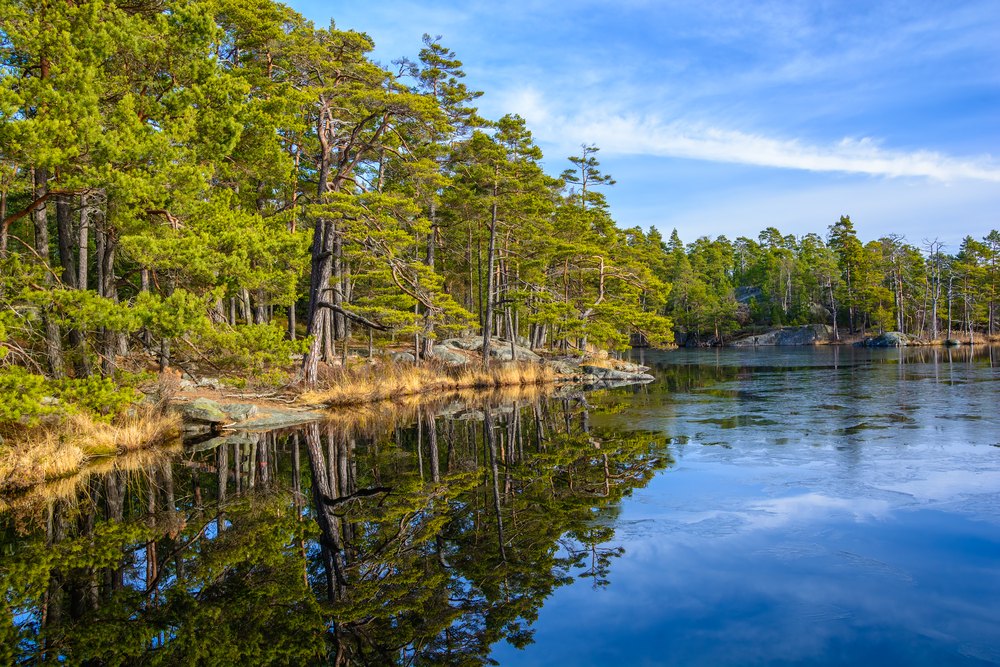Haparanda Archipelago Overview
Haparanda Archipelago National Park, known in Swedish as Haparanda Skärgårds Nationalpark, is a remote and pristine protected area in northern Sweden, located in the Bothnian Bay near the Finnish border.
Covering approximately 23 square miles (60 square kilometers), this national park consists of a cluster of islands, with Sandskär being the largest and most well-known. Established in 1995, the park is part of Sweden’s broader effort to preserve its unique coastal and marine ecosystems.
The park lies within Norrbotten County, making it one of the northernmost national parks in the country. The archipelago is shaped by post-glacial land uplift, which continues to create new islands and reshape the landscape over time.
The park’s landscape is dominated by low-lying islands, sandy beaches, and coastal meadows, with occasional rocky shorelines and lagoons. Sandskär Island, the highlight of the park, is known for its expansive dunes and rare sand formations, shaped by winds and waves. The land here is still rising by approximately 8 millimeters per year due to post-glacial rebound, meaning new land is continuously being exposed.
The park also features shallow bays, rich wetland areas, and dense stands of Scots pine, birch, and dwarf shrubs, which provide a habitat for a variety of wildlife. In late summer, the park is dotted with vibrant wildflowers and cloudberries, a northern delicacy that thrives in the moist terrain.
The wildlife in Haparanda Archipelago National Park is well-adapted to its northern latitude. It serves as an important nesting site for seabirds and waterfowl, including Arctic terns, ospreys, and sea eagles. The shallow waters around the islands attract migratory birds, making it a paradise for birdwatchers during the spring and summer months.
The marine environment is home to gray seals and ringed seals, which can often be spotted basking on the coastal rocks or swimming in the cold waters. Moose occasionally wander onto the islands, particularly during winter when ice forms temporary bridges between the mainland and the park.
The surrounding waters also support populations of fish such as pike, perch, and whitefish, which are important both for the ecosystem and local fishing traditions.
Sandskär Island is the park’s most visited destination, offering a range of activities for nature enthusiasts. The island has well-maintained hiking trails, including routes that lead through forested areas, sandy beaches, and open meadows. Kayaking and boating are among the best ways to explore the archipelago, as the shallow and protected waters allow for close encounters with nature.
In winter, the park transforms into a wilderness for ice skating, skiing, and even snowmobiling, as the frozen sea connects the islands to the mainland. Due to its location near the Arctic Circle, visitors may also experience the midnight sun in summer and the northern lights in winter, adding to the park’s unique appeal.
Conservation efforts in the park focus on preserving its fragile coastal and marine ecosystems. Land uplift continues to alter the landscape, and climate change poses a long-term challenge, particularly for ice-dependent species such as the ringed seal.
However, Sweden has been proactive in managing its national parks, ensuring that human activities do not threaten the biodiversity of the area. Sustainable tourism initiatives, including regulated boat access and designated camping areas, help protect the islands while allowing visitors to experience their natural beauty.
Conservation programs also support bird monitoring and marine life protection, ensuring that the archipelago remains a thriving habitat for its diverse wildlife.











































































